Perodua has increased the on-the-road (OTR) pricing of its Axia 1.0 Standard G variant, covering both manual and automatic versions. The new pricing reportedly came into effect on October 1.
Post-GST, the OTR pricing for the Axia G manual was RM29,637.16 (solid), while that of the Axia G automatic was RM32,637.15 (solid).
Currently, the Axia G manual goes for RM30,627.16 (solid), while the Axia G automatic retails for RM33,627.15 (solid) – both versions thus see a RM990 increase in their OTR pricing. The hike covers metallic paint versions of the type as well – the Axia G manual in metallic now goes for RM31,027.15, while the auto version is priced at RM34,027.15.
The just-under-RM1k increase only affects the Axia 1.0 Standard G – pricing of the baseline Standard E, Special Edition and range-topping Advance Version of the Axia remain as they are post-GST.
The automaker explained the reasoning behind the increase, stating through a FB post reply that “the previous OTR price of the Axia G was an introductory price, and that after a year following its launch, the change in OTR pricing reflects the true price of the variant.” The Axia was launched on September 15 last year.
To cushion the price changes and in appreciation of the support given to the brand, the company says it is providing a service voucher worth RM500 – which is equivalent to eight months of free service – to customers who booked the variant before October 1.
GALLERY: Perodua Axia Standard G
Looking to sell your car? Sell it with Carro.

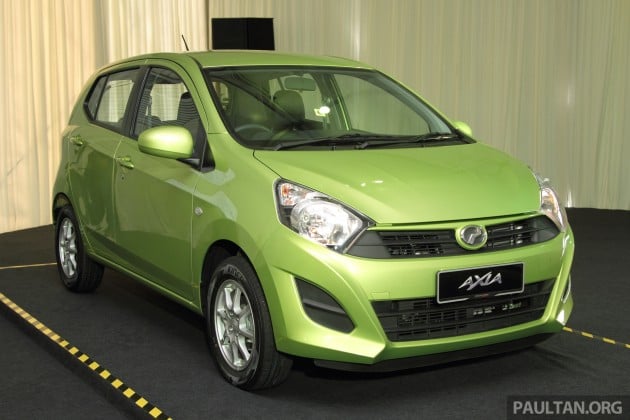













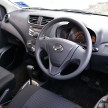
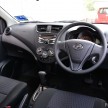
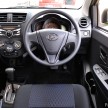
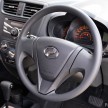
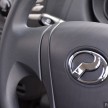


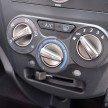

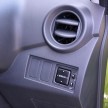





















AI-generated Summary ✨
Comments mainly focus on the recent RM990 price increase for the Perodua Axia, with some suggesting it should have been higher. Many express disappointment, criticizing Perodua for the hike and questioning the transparency of pricing practices, especially since it’s not a national-made car but assembled using Japanese parts. Several commenters imply that the price increase is due to external economic factors like currency exchange rates and the Japanese Yen. Others advise consumers to wait or buy used cars, believing prices may drop if demand slows. A few comments compare Perodua’s pricing to Proton, with some supporting Proton’s transparency and discouraging buying from Perodua. Overall, sentiments reveal frustration about rising car prices, skepticism toward the automaker’s reasons, and calls for consumer resistance through abstention from new car purchases.